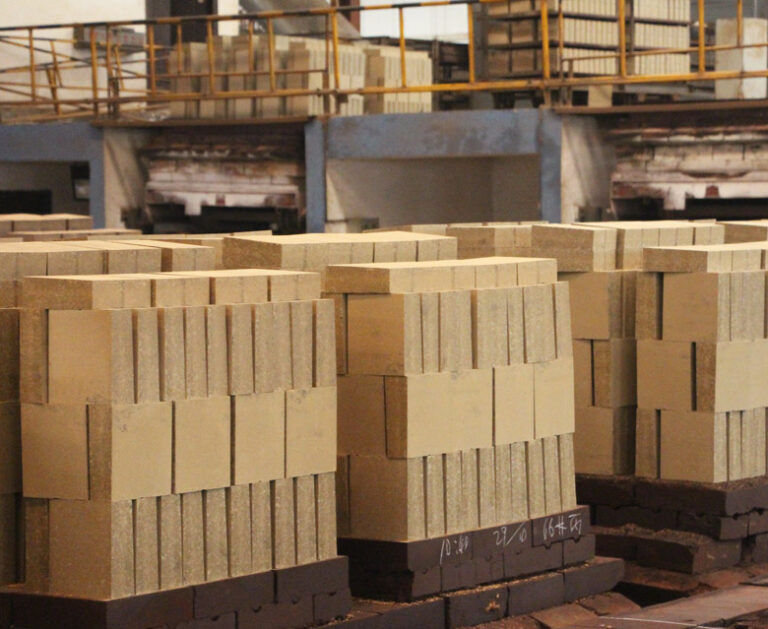Sisic Beam For High-Temperature Kilns
- keruirefra
- 2024年8月23日
- 讀畢需時 3 分鐘
Sintered Silicon Carbide (SiSiC) beams, commonly referred to as SISIC beams, have become essential components in high-temperature kilns due to their remarkable properties. These beams are predominantly used in the ceramics industry, particularly in kilns that require high thermal stability and resistance to wear and corrosion. This article delves into the characteristics, manufacturing processes, applications, and advantages of SISIC beams in high-temperature kiln environments.
Overview of SISIC Beams
Sisic beams are made from silicon carbide, a ceramic material known for its exceptional hardness, thermal conductivity, and resistance to thermal shock. The unique properties of silicon carbide make SISIC beams suitable for various high-temperature applications, including shuttle kilns, roller hearth kilns, and other industrial furnaces.
Properties of SISIC Beams
High Thermal Stability: SISIC beams can withstand temperatures exceeding 1350°C, making them ideal for high-temperature environments typical of ceramic kilns.
Mechanical Strength: These beams exhibit high bending strength and rigidity, which is crucial for supporting heavy loads in kilns.
Corrosion Resistance: SISIC beams are resistant to oxidation and can withstand chemical attacks from acids and alkalis, ensuring longevity in harsh environments.
Low Thermal Expansion: The low coefficient of thermal expansion of silicon carbide minimizes deformation during temperature fluctuations, maintaining structural integrity.
Wear Resistance: SISIC beams have excellent wear resistance, which is vital in applications where abrasive materials are handled.
Manufacturing Processes
The production of SISIC beams involves advanced manufacturing techniques that ensure high quality and performance. The primary methods include:
Reaction Bonding: This process involves infiltrating a compact made of silicon carbide and carbon with liquid silicon. The silicon reacts with carbon to form additional silicon carbide, creating a dense and strong structure.
Sintering: Sintered silicon carbide is produced from pure silicon carbide powder using non-oxide sintering aids. The material is subjected to high temperatures in an inert atmosphere, resulting in a dense and durable product.
Extrusion and Slip Casting: These methods are employed to create complex shapes and sizes of SISIC beams, allowing for customization based on specific kiln requirements. The raw materials are carefully selected and processed to achieve the desired properties.
Applications in High-Temperature Kilns
SISIC beams are widely used in various industrial kilns, including:
Ceramic Kilns: They provide structural support for kiln furniture, ensuring stability during the firing process.
Shuttle Kilns: SISIC beams are used to support the load in shuttle kilns, where products are moved back and forth for firing.
Roller Hearth Kilns: In these kilns, SISIC beams facilitate the movement of products while maintaining high-temperature resistance.
Industrial Furnaces: Their durability and thermal stability make SISIC beams suitable for use in various industrial furnaces beyond ceramics, including those in metallurgy and chemical processing.
Advantages of Using SISIC Beams
The use of SISIC beams in high-temperature kilns offers several advantages:
Longevity: Due to their resistance to wear and corrosion, SISIC beams have a longer service life compared to traditional materials, reducing the frequency of replacements.
Cost-Effectiveness: Although the initial investment may be higher, the durability and reduced maintenance costs of SISIC beams lead to overall cost savings in the long run.
Improved Efficiency: The thermal conductivity of silicon carbide allows for efficient heat distribution within the kiln, enhancing the firing process and reducing energy consumption.
Customization: Manufacturers can produce SISIC beams in various sizes and shapes to meet specific operational needs, providing flexibility for different kiln designs.
Conclusion
SISIC beams represent a significant advancement in kiln technology, offering unparalleled performance in high-temperature environments. Their unique properties, combined with advanced manufacturing processes, make them an essential component in modern ceramic kilns and other industrial applications. As industries continue to seek materials that can withstand extreme conditions while providing cost-effective solutions, SISIC beams will play a crucial role in the future of high-temperature applications.The ongoing development and refinement of SISIC technology will likely lead to even more innovative applications and improvements in kiln efficiency, further solidifying their place in the ceramic and industrial sectors.





留言